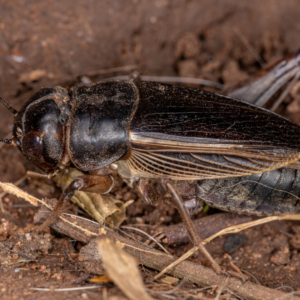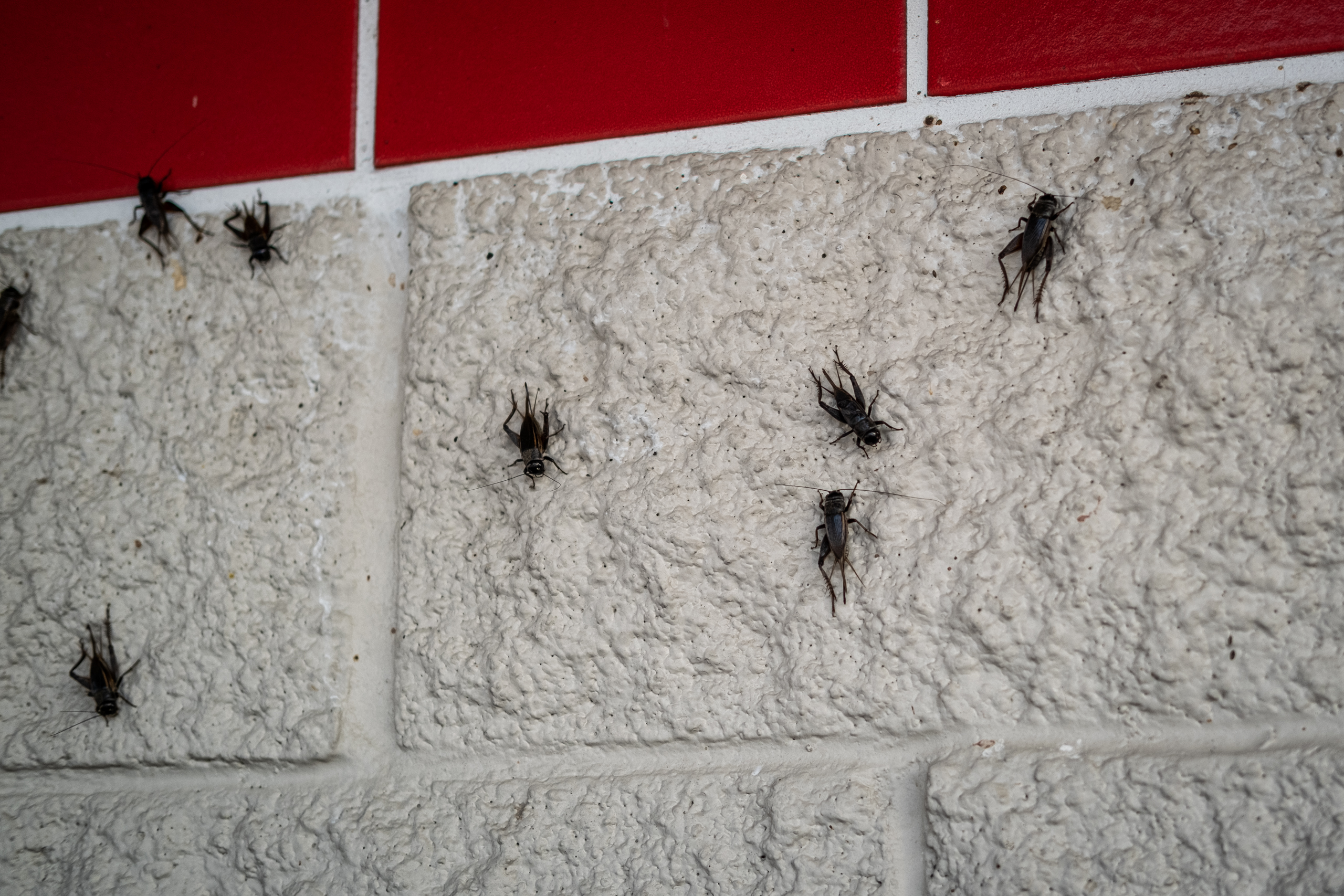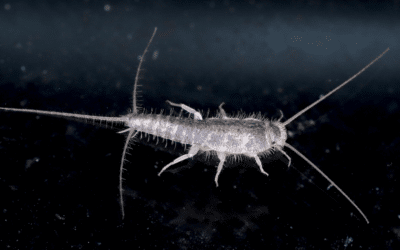When is cricket season in Texas?
Late summer and early fall signal the beginning of cricket season in Texas. If you’re not from around here, you might think the vast swarms of field crickets are a sign of an impending apocalypse. The good news is that the world will not end. The bad news is that the sheer volume of them might make you wish otherwise.
Why are there so many crickets in Texas?
While the invasion happens annually, some years are worse than others. For example, a dry spring followed by an even drier summer increases their numbers. While it isn’t fully known why these conditions make them more plentiful, it’s believed that less moisture leads to less fungal growth, which would otherwise cause damage to eggs and nymphs.
Considering that black field crickets can lay up to 400 eggs at a time, things can quickly get out of hand when more can survive. The eggs are laid in the fall and will stay through winter until hatching in the spring.
Once the female crickets’ wings are fully developed, they head out at night searching for mates. This leads to swarms of crickets in Texas. They are attracted to lights, so well-lit homes and businesses are an invitation for arrival in droves. Businesses have been forced to close their doors as piles of crickets line the sidewalks and cling to walls. Not only is this a disturbing sight, but it also creates an awful smell as they die and their carcasses start to rot.
Are black field crickets dangerous?
Though annoying, the crickets don’t pose a direct threat to humans. They won’t bite or sting you, but they can cause other issues. Of course, piles of dead bugs littering streets or lawns aren’t exactly sanitary.

Dead or alive, many field crickets will certainly attract predators, which can become a dangerous situation. Outside the home, they can cause damage to your garden. Dry seasons may lead to larger quantities of crickets, but they don’t always provide an abundance of food and may drive them to seek out alternatives.
If they happen to get inside your house, they may decide to make a meal of carpets or fabrics, particularly those stained with food. While no one wants crickets living in the basement, it’s unlikely you will find yourself facing a permanent infestation as they only like to lay their eggs outdoors. That doesn’t mean they won’t invade your home, however. Cool-weather or heavy rain will send them seeking shelter.
Can you prevent crickets from swarming?
These seasonal pests are coming, but that doesn’t mean you want to invite them over. The first line of defense is to control outdoor lighting. Turn off or dim the lights outside, and be sure to close your blinds or curtains when using indoor lights at night to prevent a swarm from heading your way.
Take a good look around the exterior of your home to identify any potential access points. It’s essential to make sure your house is well-sealed. A door without weatherstripping is big enough for a cricket to crawl under. Open areas around pipes or air vents can also allow them to gain entry.
It’s always better to prevent problems before they start with regular pest control, such as 855Bugs’ Don’t Bug Me Plan. If you weren’t prepared or found yourself plagued by crickets and in need of service, be sure to schedule a free inspection with us. We’re here to help!




